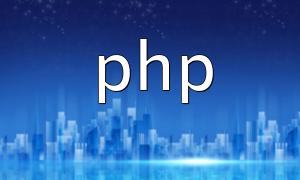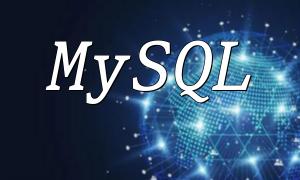JavaScript, PHP, and HTML are the core technologies for building modern web pages. Their proper combination not only enhances dynamic interactivity but also improves overall performance and maintainability. This article explores their characteristics and application scenarios to help developers better master their integrated use.
As the primary scripting language for the frontend, JavaScript brings rich interactive features to web pages. It responds to user actions, dynamically updates page content, and leverages AJAX technology for seamless data exchange without page reloads, greatly enhancing user experience.
Common practical applications of JavaScript include:
Form validation to ensure accurate user input and reduce server load.
Dynamic content loading that updates page content in real-time based on user behavior, avoiding full page refreshes.
Animation effects design that improves visual appeal and creates smooth, natural user interactions.
PHP is a server-side programming language adept at handling business logic and database interactions. It processes frontend requests, performs corresponding operations, and returns results to dynamically generate web pages and manage data.
PHP is commonly used for user authentication, data storage and retrieval, and dynamically generating web content such as personal profiles and product listings.
HTML is the structural backbone of web pages, defining elements such as headings, paragraphs, images, and links. It provides clear content layout and serves as the foundation for other technologies.
In web development, HTML combined with JavaScript and PHP allows pages to display static content while supporting rich dynamic interactions. For example, the following PHP code generates a simple HTML form where users can input data and submit; PHP handles data processing, while JavaScript provides frontend validation support:
echo "<form action='submit.php' method='post'>
<input type='text' name='username' />
<input type='submit' value='Submit' />
</form>";This integration effectively enhances web functionality and user experience.
The collaborative use of JavaScript, PHP, and HTML is indispensable in modern web development. Mastering their combined application helps developers create feature-rich and high-performance web projects. Continuous learning and practice empower developers to build smarter, more efficient web applications.









